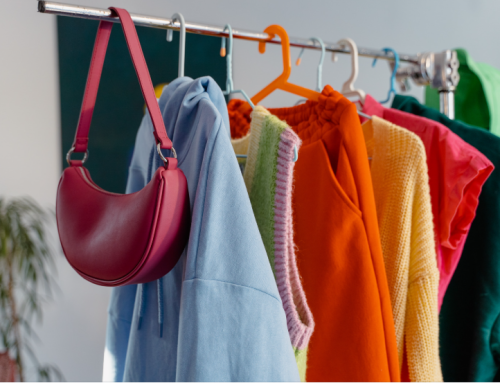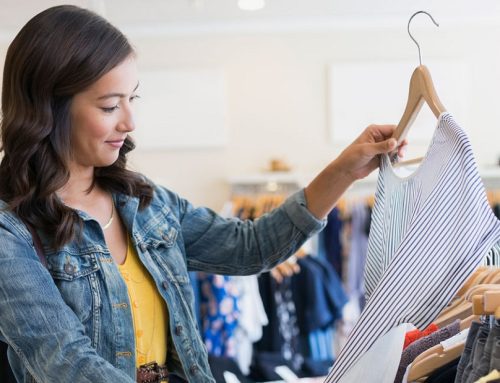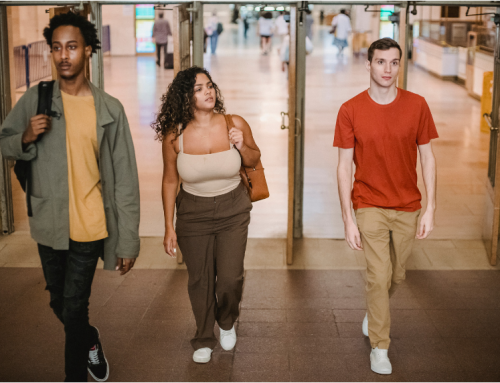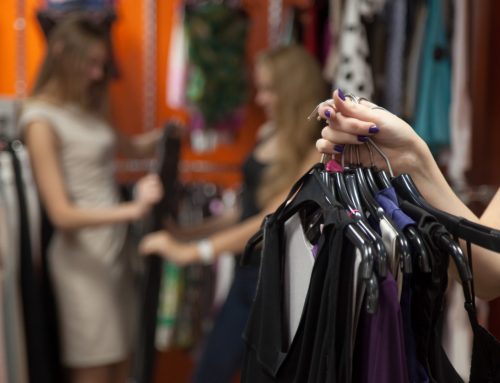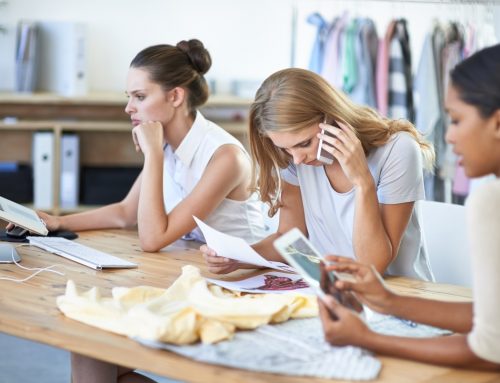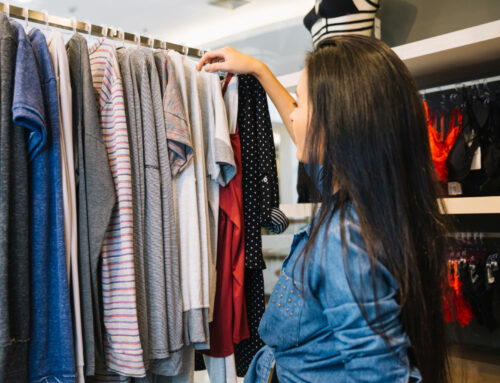At a time when e-commerce sales are booming, how do retailers convince consumers to keep shopping at bricks and mortar stores?
It is a major challenge as e-commerce becomes more convenient and compelling, especially among tech-savvy millennial consumers.
A recent Business Insider article put the spotlight on how retailers are looking for new ways to become “internet-proof” by creating experiences, rather than simply offering consumers places to browse and make purchases.
At Nordstrom’s new store in downtown Toronto, for example, a key element is a casual cocktail lounge that makes shopping more of a social experience. At a Restoration Hardware store in Chicago, a restaurant has proven to be major success. The company estimates the restaurant could become a $5-million business.
Another retailer embracing experiences is Footlocker. Its redesigned flagship store in Manhattan will feature a section to showcase emerging fashions for women, as well as a new area next door called NYC33 that will host fashion shows and showcase other events and launches.
On a recent conference call, Macy’s CFO Karen Hoguet said the retailer has to make the bricks-and-mortar experience more exciting. “We working on that and trying to test some concepts, one of which actually is the whole health and fitness.”
The shift into experience and, arguably, entertainment, is something retailers will need to address in different ways. Not every retailer will be able to offer cocktail lounges and restaurants to entice consumers into their stores.
That said, bricks-and-mortar retail has to become more than a transactional experience, particularly for specialty and luxury retailers. At a time when purchases are one click away, transactions are easier than ever. It explains why Amazon is the 800-pound gorilla in the room.
Instead, retailers have to think about themselves in new ways. They need to look at shopping as how consumers make purchases, but also a vehicle to socialize and be educated and entertained. At its best, shopping is a multi-sensory experience that includes buying products.
Retailers need to explore new ways to engage consumers. It could be workshops about wardrobe management, fashion trends or personal fitness. Macy’s, for example, plans to experiment with personal shoppers.
Lululemon, for example, plans to open smaller stores to better meet the needs of local communities. CEO Laurent Potdevin said the move to innovative, hyper-local community stores will let Lululemon “get in front of influencer communities that we would not otherwise reach, offering events and programming that are relevant to the local community.”
A recent survey done by the Berkeley Research Group put the spotlight on other ways that retailers can drive in-store traffic.
Among respondents, there was strong interest in retailers catering to the preferences of local communities, particularly millennial consumers. Respondents also said retailers should accentuate visual merchandising displays because they are influential in getting them in to the physical store.
While e-commerce will continue to expand, there are ways that bricks-and-mortar retailers can position themselves as vibrant players within the retail landscape.
In many cases, it means they need to think and behave differently to attract consumers who not only enjoy shopping, but want even more to enhance the experience.
There is plenty of room for e-commerce and bricks-and-mortar to co-exist. The challenge for retailers will be creating unique and different experiences that meet the needs of consumers at different times.






